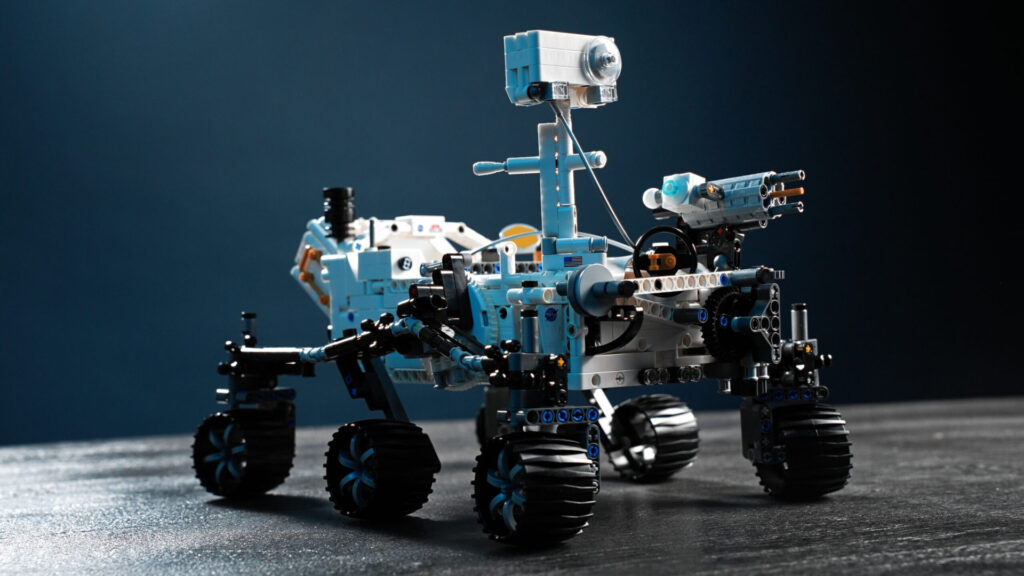NASA's Curiosity Rover Captures 360-Degree View of Mars
Read more of this story at Slashdot.
Read more of this story at Slashdot.

Quels spectacles astronomiques réserve le mois de novembre 2024 en France ? Léonides, lumière cendrée, conjonctions... Voici tous les phénomènes à voir facilement dans le ciel, avec les dates pour ne pas les louper.
Read more of this story at Slashdot.

[Deal du jour] Si l'exploration spatiale et les technologies qui y sont liées vous intéressent, ce set de Lego, en ce moment en promotion, a tout pour vous plaire.

La nouvelle comédie romantique de Netflix, avec Kristen Bell (Veronica Mars) et Adam Brody (Newport Beach) cartonne déjà sur la plateforme, moins d'une semaine après sa sortie. Pour continuer sur votre lancée sentimentale, après Nobody Wants This, voici donc 5 séries similaires à voir en streaming.

Avis aux fans d'astronomie : il y a beaucoup de phénomènes à voir l'œil nu en France en octobre 2024. Voici quand profiter des événements astronomiques du mois : la comète Tsuchinshan-ATLAS, des étoiles filantes (Draconides et Orionides) ou encore plusieurs conjonctions.
Read more of this story at Slashdot.
Read more of this story at Slashdot.